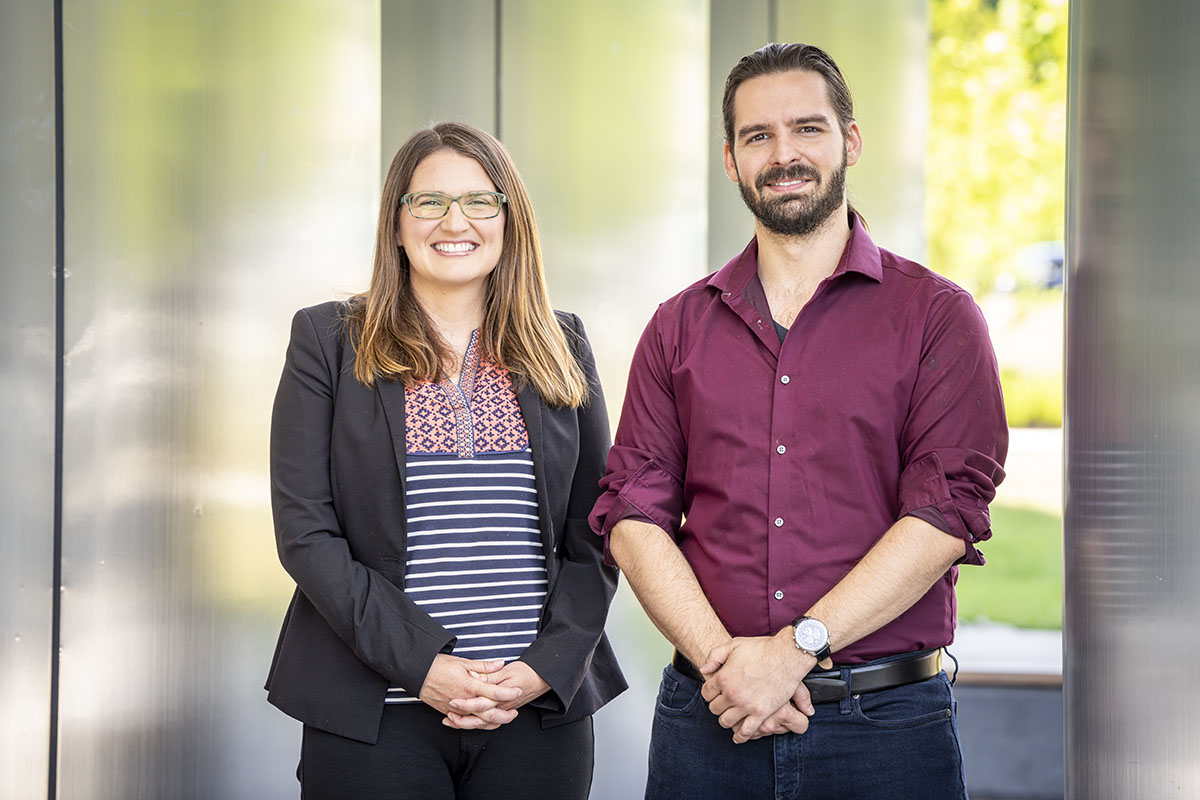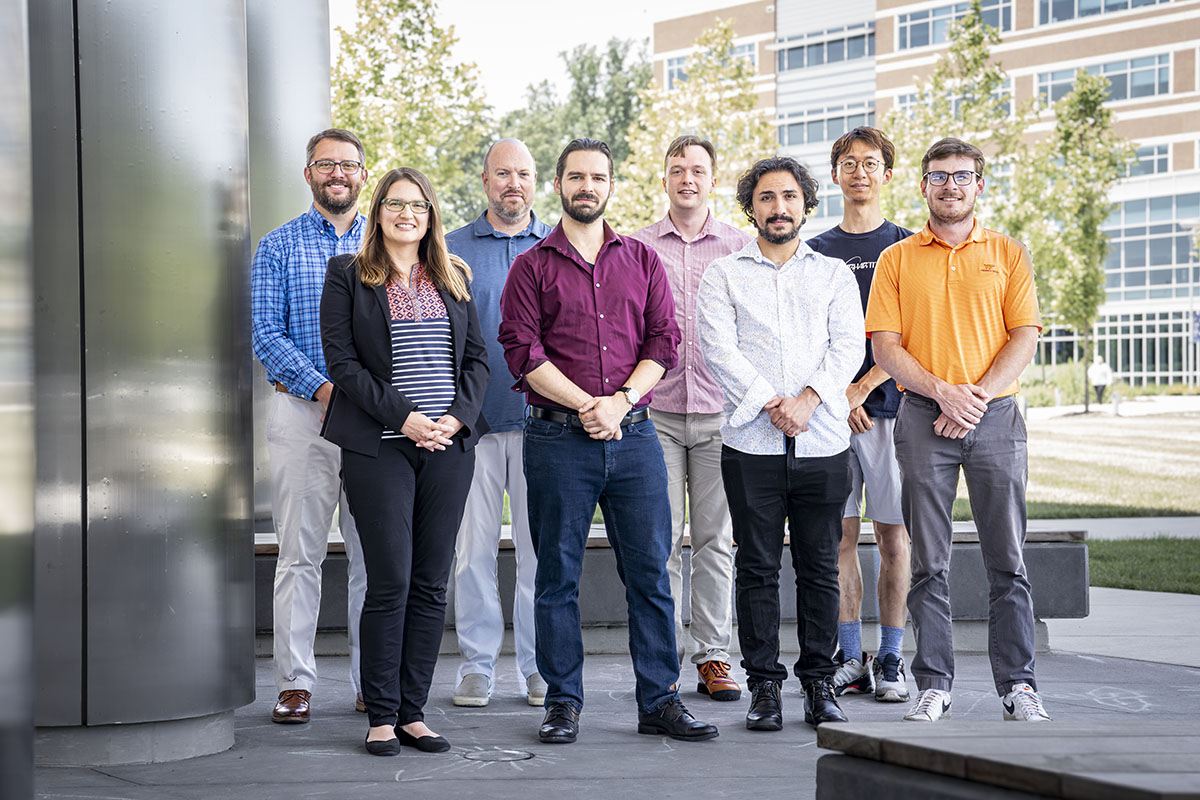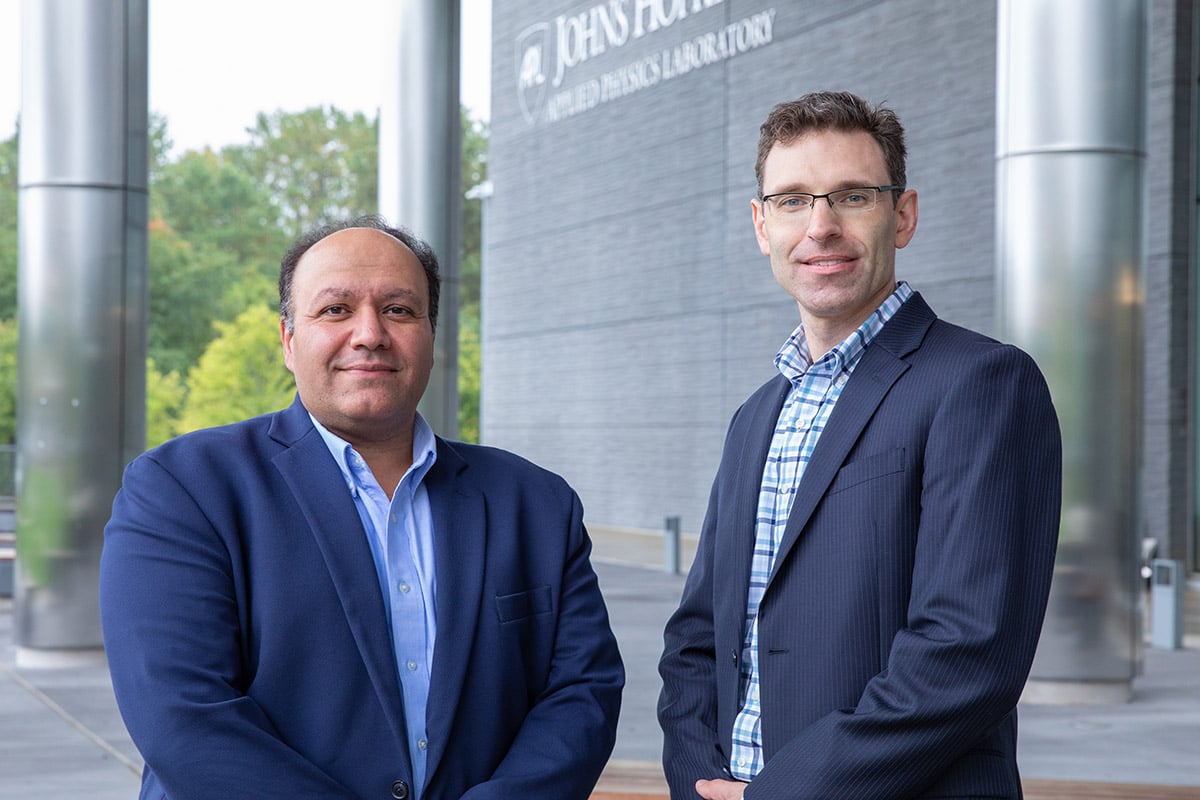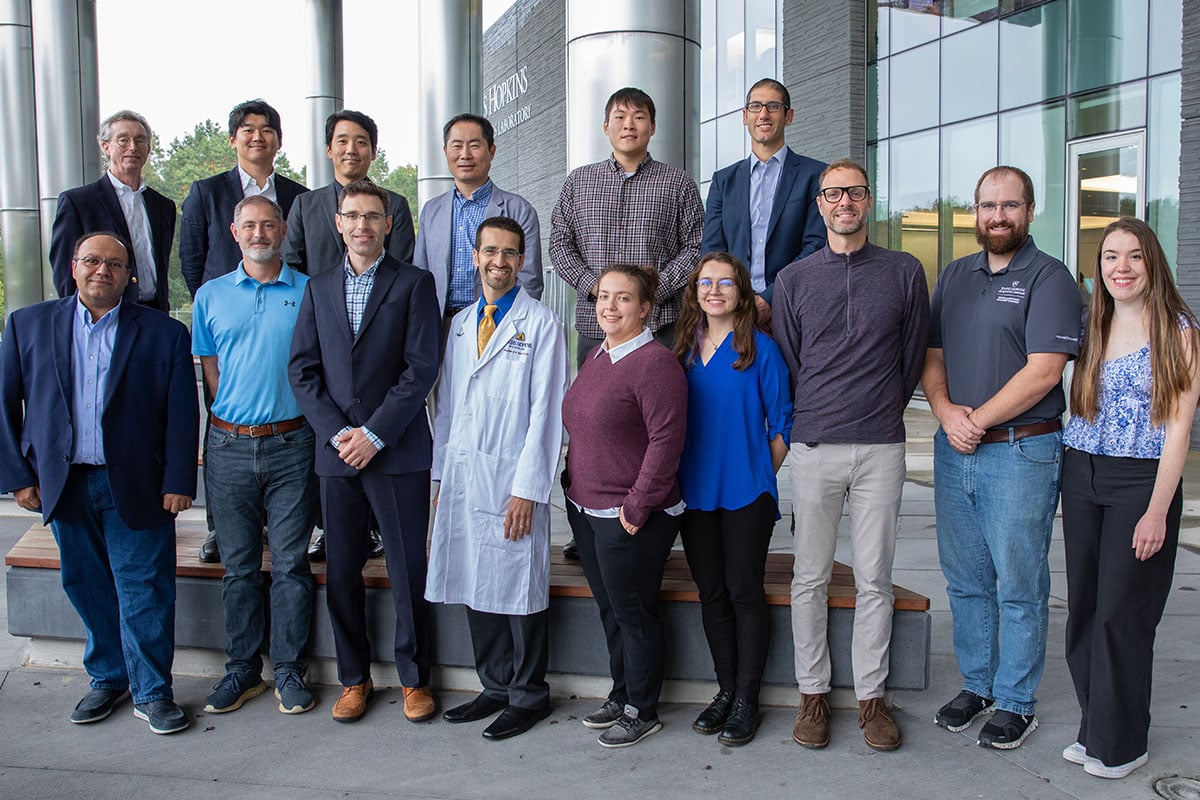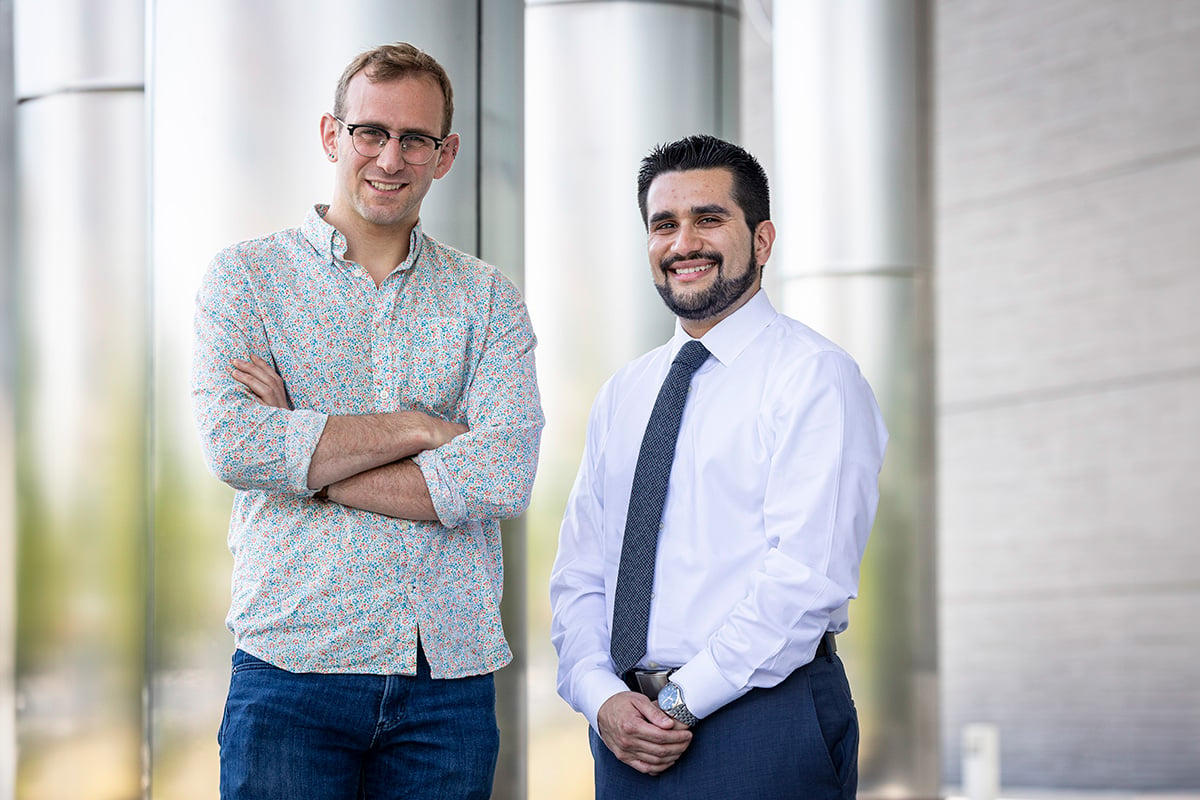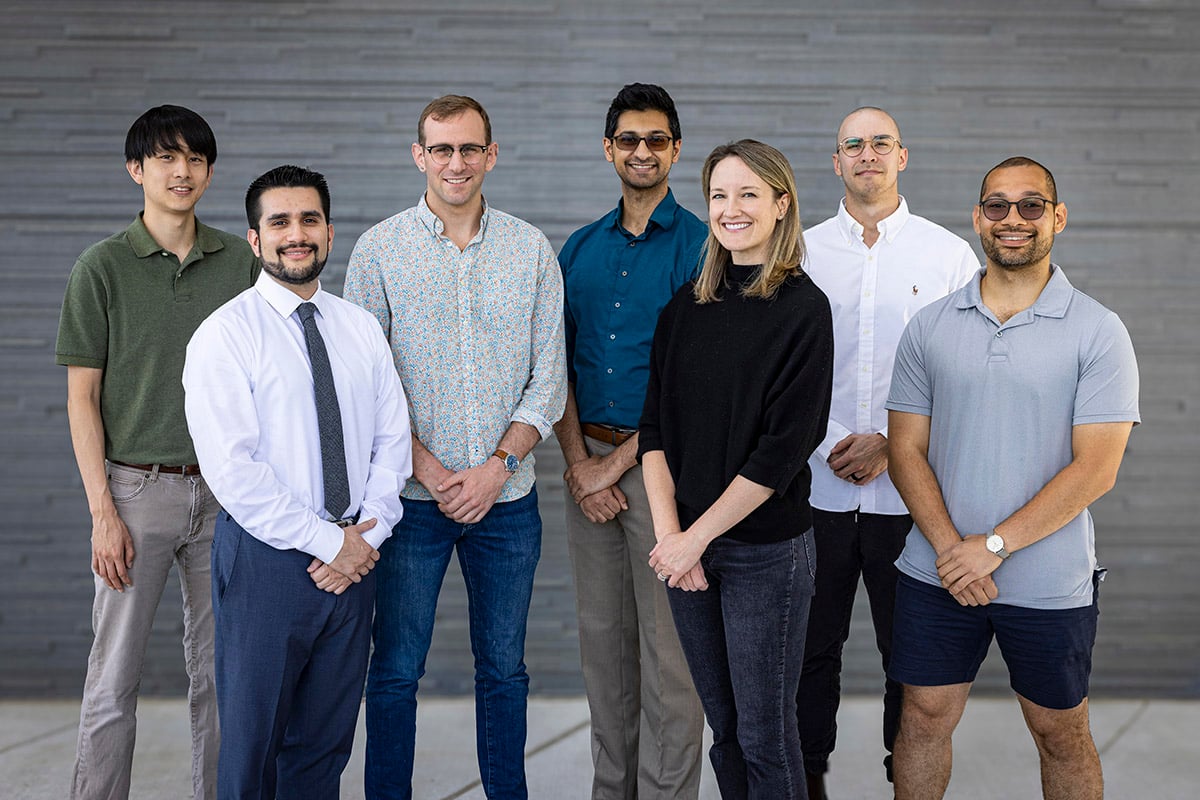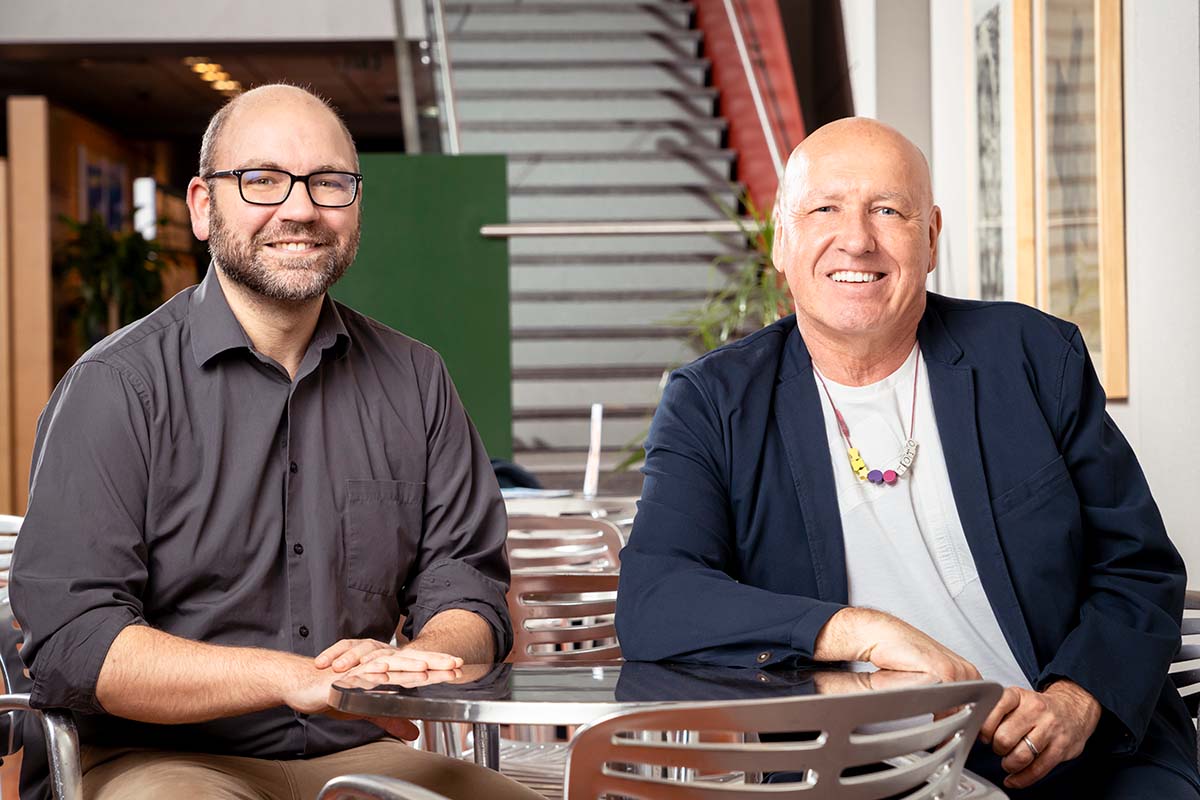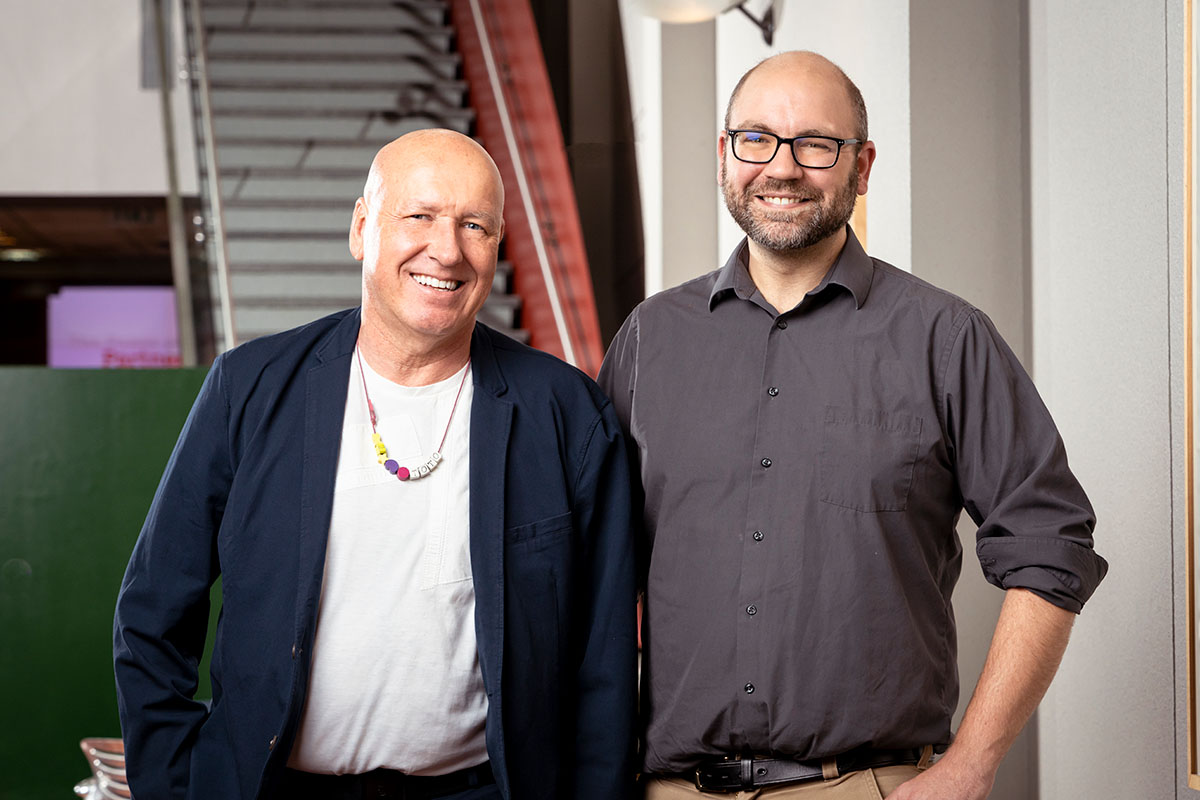After a rigorous evaluation of the five newest finalists and the four previous SURPASS teams, WSE and APL have selected this cycle’s awardees of the SURPASS initiative. Chosen from a field of strong contenders, these teams’ proposals have answered the challenge to go beyond possible to seek ambitious and innovative solutions to some of the world’s most pressing societal problems.
To view an archive of all past teams selected for the SURPASS program, click here.
